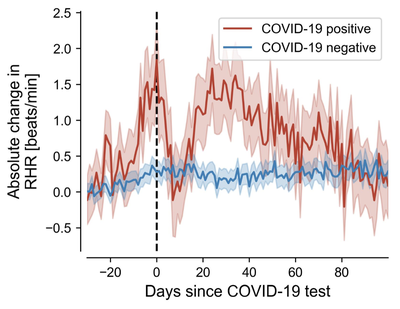Infectious Disease Dynamics
The dynamics of infectious diseases has been one of our key research interests for the past two decades. During the COVID-19 pandemic we were kept very busy in this domain. We develop large scale models for spreads of infectious diseases, especially on a global scale, and focus on closing the loop between contagion dynamics -> information dynamics -> behavioral responses. In this context, we devote a lot of effort to measuring relevant behavioral responses using digital tools, cell phones, pervasive data, and data obtained in natural experiments.
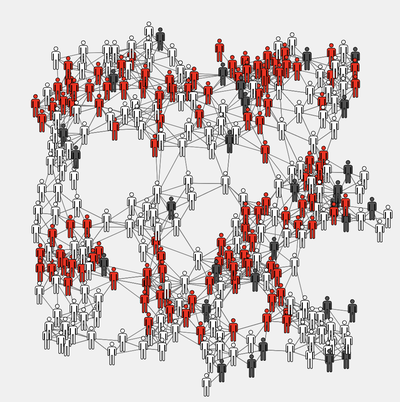
Democracy and Digital Media
Digital media has changed the way public spheres function around the world, specifically in the information environment of the internet. Moving from mostly one-to-many communication to a many-to-many system has increased its complexity. In addition, big platforms are curating information flows algorithmically and optimize them for maximum engagement. Our goal is to better understand how those transitions are affecting democracies globally and political behavior in particular. Phenomena such as affective polarization, the rise of populism, the spread of misinformation and diminishing trust in institutions are potential developments of concern. For us, data tools, but also causal inference and experimentation, are essential to achieving this goal of empirically describing the complex mechanisms at play between human behavior, technology and politics.
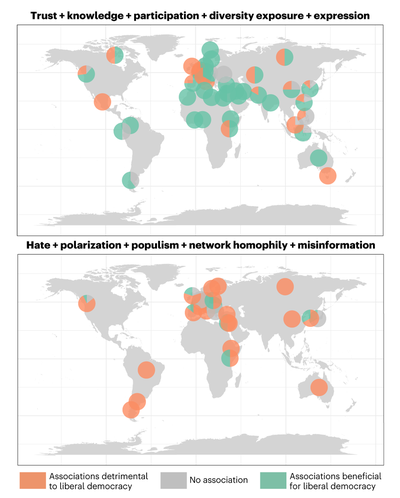
Field Studies on Online Platforms
New data sources make it possible to quantify human behavior, especially on social media. For example, the structures of social networks can be captured with high precision, and over time, content such as texts, but also images, can be categorized and linked to people or social reactions. Only recently, Article 40 of the Digital Services Act mandated access to such data for research in the European Union, and several platforms have already (re)opened their access in response. When such data is linked to individuals’ survey responses, it becomes a powerful tool to describe, for example, the relationship between online behavior and political attitudes. Furthermore, online platforms enable a variety of novel experiments, e.g. through browser add-ons that change parts of the online environment or game-based approaches to study collective behavior. With these methods, we aim to cover the spectrum between experimental control and ecological validity in the study of human behavior online.
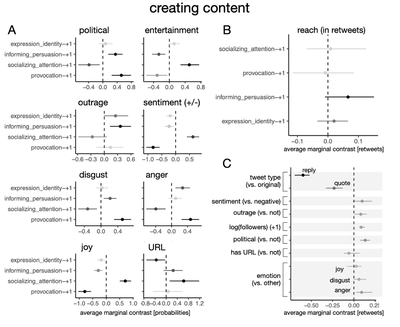
Human Mobility
A number of research projects at SynoSys revolve around human mobility and mobility network analysis. We are interested in disentangling hidden structures within mobility networks, how structural features in mobility networks impact dynamical processes that evolve on them, e.g. how structures in the global air-transportation network shape, how pandemics spread across the globe and how mobility network structures respond to disruptions and change over time.
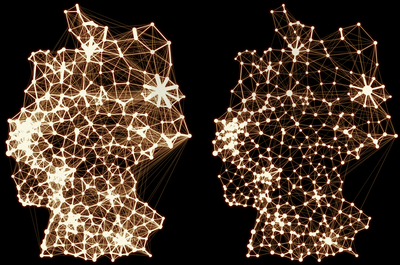
Digital Epidemiology
Digital epidemiology is an active and growing research area at SynoSys. We have designed and implemented several digital projects in the area of epidemiology and public health, ranging from a nationwide mobility monitor to assess behavioral responses to changes in the dynamics of COVID-19 pandemic, the launch of the Corona Data Donation Project in which more than 500.000 participants donated more than two years of data collected on wearables, their fitness trackers and smart watches, to studies on the effects of digital tracing apps in the context of COVID-19. Currently we are focusing on the use of wearable devices to improve our understanding of Long- and Post-COVID.
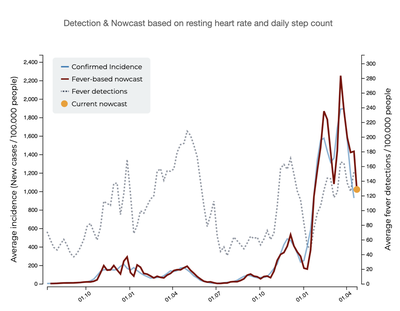
Cooperative Phenomena
Recently, we started exploring mechanisms of cooperative phenomena in biological and social systems. We are particularly interested in the emergence of cooperative behavior among unlike entities, cooperation as a driver for innovation and selection processes beyond concepts of species and individuals. Using methods from network science and dynamical systems science we investigate entangled evolutionary processes, structural stability of ecological networks and how cooperation may make systems more robust.
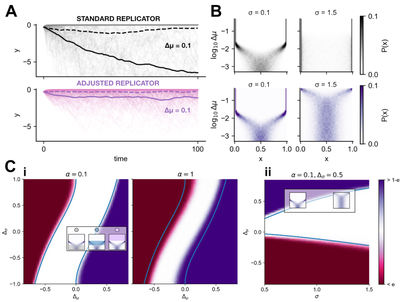
Covid-19 & Long-Covid
During COVID-19, our research was dominated by the pandemic. The research ranged from modelling the global spread on the worldwide aviation network and import risk for different countries and regions during the early phase of the pandemic, modelling the impact of non-pharmaceutical interventions, the impact of digital contact tracing, and various digital epidemiology projects. We now focus on understanding phenomena in the aftermath of the pandemic, particularly Long- and Post-Covid Conditions. The foundation of this research is the massive data collected in the Coronal Data Donation Project.
